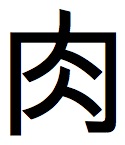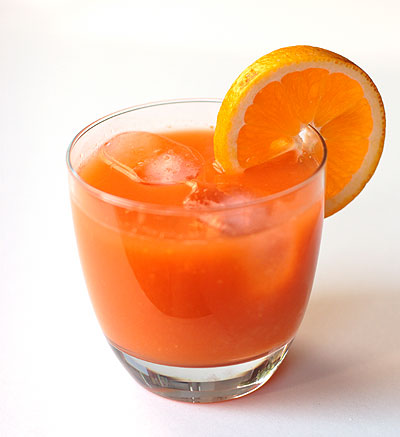I live with two Japanese girls and three Japanese guys. We were sitting around our kitchen at some point in the last couple of months, and I told everyone about a beer event – I think the IPA event at Towers back in August. I’m always trying to get them to come along, but they’re usually uninterested, often busy. One of the girls has been trying to be more social and outgoing. She still hasn’t come to any beer events, but she at leasts feigns interest initially. She also a thing for Korean guys, so she asked me if any Korean guys would be at the beer event. I said 来ないかもしれません.
One of my other roommates almost choked on his beer and was like, What the hell are you talking about? 来ないだろう! (Yes, those kana are italicized. No, I was not able to put 傍点. Boo.) There aren’t going to be any Korean guys at an IPA event!
This is the standard usage of だろう・でしょう. The intonation was emphatic, but mostly because the guy was straightening out my ambiguous answer – Korean guys will not be going to an IPA event in Tokyo. Generally the intonation is flat like most Japanese words.
This is what I like to call the “Weatherman でしょう.” Whenever the forecaster gives the weather on Japanese news, he/she uses the set form 明日_でしょう, where you can insert 雨, 晴れ, 曇り, or a number of other possibilities into the blank. Tomorrow it will rain. Tomorrow it will be sunny. Tomorrow Korean guys will not go to cozy but awesome beer bars near Tokyo Station and drink super hoppy beer.
I think it’s relatively safe to equate this with the future tense and a high level of certainty. It’s not 100% certainty (as my 日本語文型辞典 tells me – no Japanese weatherman would make the mistake of giving a guaranteed weather report), but it’s more certain than かもしれない.
The main reason this pattern was so confusing to me early on is the wide range of meaning でしょう・だろう can have based on intonation alone. As a beginner, it was hard to differentiate the ですね, ですよ and ですか aspects of the phrase – no matter how many times I read the textbook explanation, 雨でしょう sounded like, “Will it rain?” until I got used to it by watching enough Japanese TV and hearing my roommate laugh at my かもしれない.
(I tried desperately to put Japanese emphasis dots on the だろう up there but failed epicly. Readers of Japanese are probably familiar with these. They go by the name of 圏点 (けんてん), 傍点 (ぼうてん), or 脇点 (わきてん), and they are the little dots above/beside (depending on the direction of the text) characters that emphasize certain words. They are roughly equivalent to italics in English, and they are definitely necessary to express the emphasis my roommate put on だろう. Beer to anyone who can tell me how to get the dots in WordPress.)







